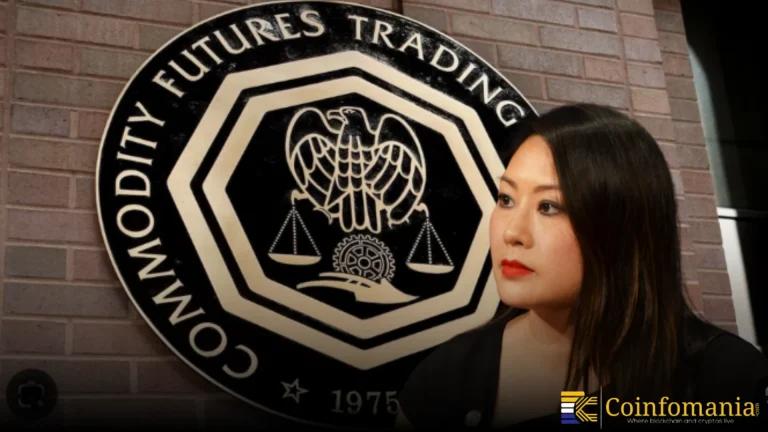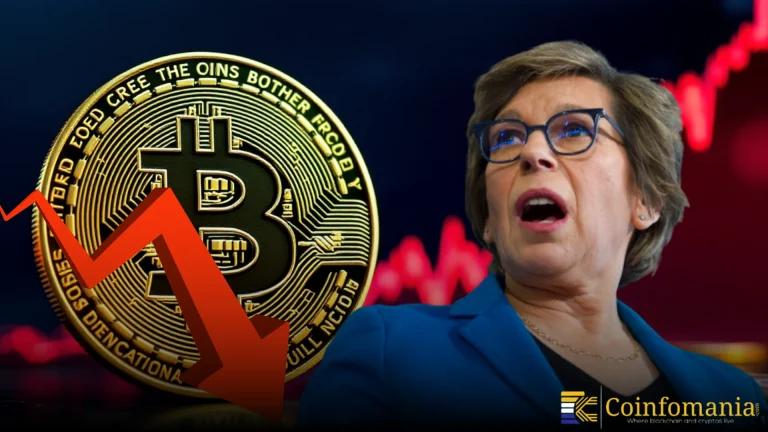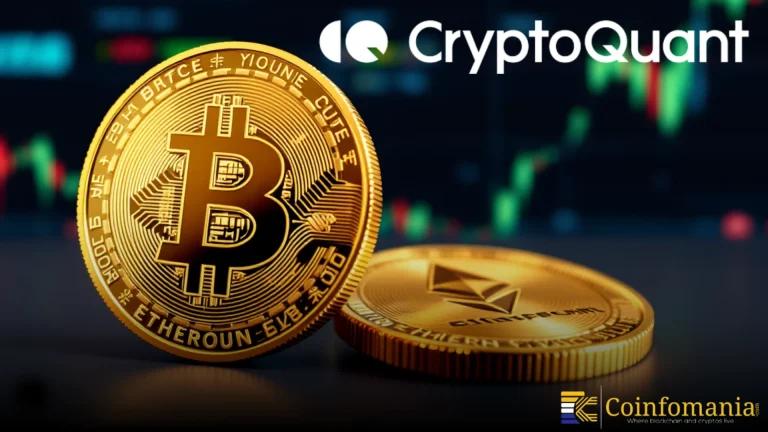Goldman Sachs Executive Exits China JV Amid Foreign Asset Management Struggles
Explore why Goldman Sachs’ top executive left its China wealth venture as foreign firms struggle amid economic strains and shifts toward digital asset markets.

Quick Take
Summary is AI generated, newsroom reviewed.
Goldman Sachs’ China wealth venture faces leadership changes amid market challenges.
China’s crypto ban fuels shifts toward global digital asset markets.
Wealth management firms may pursue blockchain adoption outside China.
As reported on June 28 by Bloomberg, Goldman Sachs’ crypto strategy in China faces new questions after the firm’s top executive at its wealth venture with Industrial and Commercial Bank of China (ICBC) resigned. The departure, confirmed on June 27, underscores how foreign institutions struggle in China’s asset management landscape, particularly after the China crypto ban reshaped investor behavior. As the country clamps down on digital asset markets, wealth managers are forced to rethink their offerings. Sachs’ crypto strategy may pivot as the bank weighs opportunities outside traditional joint ventures. The exit signals a deeper shift toward blockchain adoption and digital asset markets globally.
Goldman Sachs’ Crypto Strategy in China Faces Crossroads
The resignation deals a blow to crypto strategy by Goldman Sachs, which has grappled with intense local competition and a regulatory climate transformed by the Chinese crypto ban. Despite the firm’s deep expertise, the JV struggled to gain traction. Domestic funds offered lower fees and localized services, appealing to wary investors amid economic headwinds. Meanwhile, China’s crypto ban created a vacuum. Wealthy individuals sought offshore or grey-market exposure to digital assets. This dynamic highlights why Goldman Sachs’ cryptocurrency strategy in China is at a crossroads. Globally, the bank has been active in blockchain adoption and digital asset markets, developing crypto derivatives and investing in tokenization efforts. These global pursuits might now overshadow sluggish domestic ventures.
China Crypto Ban and the Rise of Digital Asset Alternatives
The China crypto ban was sweeping. It outlawed mining, trading, and even holding digital tokens. Authorities warned citizens about the consequences of owning crypto overseas. As a result, traditional wealth management firms saw clients pulling back from risky investments inside China, driving wealth management shifts toward other asset classes. Yet, while domestic crypto markets fell silent, adoption of blockchain grew in parallel. Hong Kong became a testbed for regulated digital asset markets, offering new products like tokenized green bonds and crypto ETFs.
The tension between China’s crypto ban and Hong Kong’s digital push adds complexity to Goldman Sachs’ crypto strategy. Wealth managers eye blockchain-based products, especially those aligning with regulated digital asset markets. UBS and Bank of China recently issued $28 million in digital structured notes on the Ethereum blockchain. Goldman Sachs, too, has invested heavily in blockchain adoption. It supported Digital Asset’s $135 million funding round to expand the Canton Network. These moves signal that wealth management shifts are increasingly tied to digital transformation, even as mainland China remains closed.
Global Moves Reflect New Priorities for Goldman Sachs
Goldman Sachs’ cryptocurrency strategy in China is no longer limited to domestic prospects. The bank’s involvement in tokenized bonds and crypto derivatives shows its eyes are on global opportunities. Shifts in wealth management globally mean clients expect modern, digital offerings. Digital asset markets are becoming institutional-grade, attracting large players like Citadel and BNP Paribas.
China’s regulatory stance, however, leaves Goldman Sachs in a bind. The firm must weigh whether to persist with traditional wealth JVs or prioritize global digital asset markets. The leadership resignation may be an early sign of a strategic recalibration. As digital finance grows, Goldman Sachs’ crypto strategy in China may evolve from cautious engagement to bolder moves outside the country.
What’s Next for Goldman Sachs and China’s Crypto Landscape?
The road ahead remains complex for Goldman Sachs’ crypto strategy in China. China’s crypto ban continues to stifle local crypto markets. Meanwhile, blockchain adoption surges in Hong Kong and other hubs, reshaping wealth management and shifting. Digital asset markets offer new revenue streams, but regulatory risks persist. Investors will watch closely to see if Goldman Sachs doubles down on global digital finance or attempts a new approach inside China’s borders. For now, the bank’s pivot away from slow-growth JVs suggests that crypto and blockchain could become even bigger parts of its future playbook.
Follow us on Google News
Get the latest crypto insights and updates.


